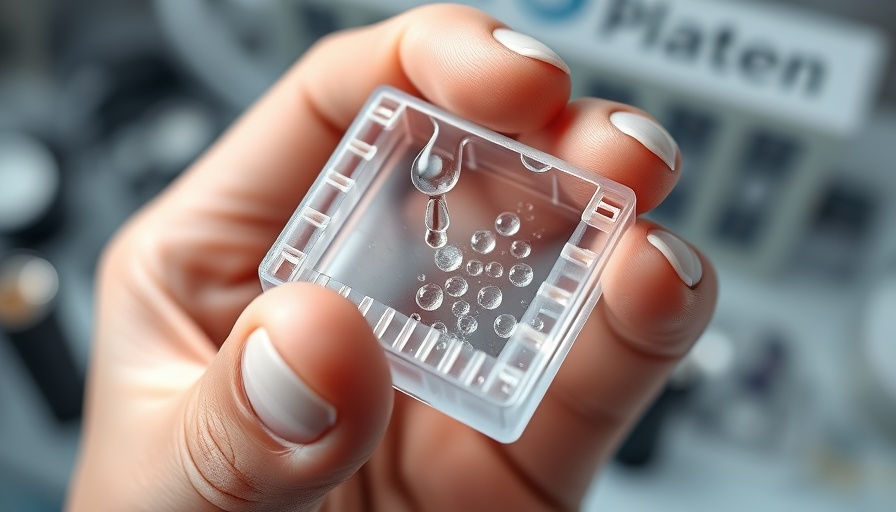
A Common Condition Often Overlooked
Heavy menstrual bleeding (HMB) is a significant yet frequently ignored condition that affects one in three women of reproductive age. Each minute in the U.S., a woman requires a blood transfusion due to HMB, which can lead to serious health issues such as iron deficiency and anemia. Surprisingly, HMB is more prevalent than asthma and diabetes combined, highlighting a critical gap in awareness and care for women's health issues.
Economic Impact of Heavy Menstrual Bleeding
According to the nonprofit organization Wellcome Leap, HMB not only affects women personally but also imposes a staggering financial burden on the U.S. economy—approximately $94 billion annually. With women missing an average of 3.6 weeks of work each year due to this debilitating condition, the socio-economic implications cannot be overstated.
Delays in Seeking Care
Despite its severity and prevalence, women often experience significant delays in receiving appropriate care for HMB, averaging five years. This prolonged suffering is exacerbated by a healthcare system that has largely failed to prioritize women's health issues. As Donald Ingber, founding director of the Wyss Institute, emphasizes, “Women’s health has been ignored for so long.”
Innovative Research and Solutions
In a groundbreaking initiative, the Wyss Institute has received funding from Wellcome Leap’s $50 million "Missed Vital Sign" program to develop the first human organ-on-a-chip model for HMB. This innovative approach aims to create a detailed model that simulates the complexities of menstruation, allowing researchers to identify potential causative factors such as genetic mutations, hypoxic conditions, and microbiomic imbalances. This model is expected to greatly reduce the time taken to deliver effective treatment options, potentially cutting it from five years to just five months.
The Technology Behind the Breakthrough
The technology used in creating these organ chips offers a living 3D replica of human organs, enabling a closer study of their functions and dysfunctions. By integrating human cells and observing how they react to different stimuli, researchers can gain invaluable insights that could lead to groundbreaking treatment options.
Facing the Challenges Head-On
While the development of this organ-on-a-chip model represents a significant advancement in understanding and treating HMB, the broader implications for women's health are equally important. It underscores the necessity for targeted research programs and healthcare initiatives that prioritize conditions often sidelined in the medical community. With mental health significantly impacted for women suffering from HMB, it is clear that addressing this condition cannot be postponed any longer.
Empowering Women Through Awareness and Advocacy
Raising awareness about HMB and championing research focused on women's health issues is crucial. As communities and healthcare providers become more informed about this condition, it opens the door to discussions about treatment, management, and the stigmas surrounding menstruation. This awareness could empower women to advocate for their health, seek timely medical advice, and reduce the stigma that has historically surrounded issues of heavy menstrual bleeding.
Taking the Next Steps Towards Change
If you or someone you know is struggling with heavy menstrual bleeding, now is the time to seek advice and support. Understanding your health condition is the first step towards better management and finding effective treatment options. Don’t hesitate to consult healthcare professionals who can guide you through available resources and treatment methods.
 Add Row
Add Row  Add
Add 




Write A Comment